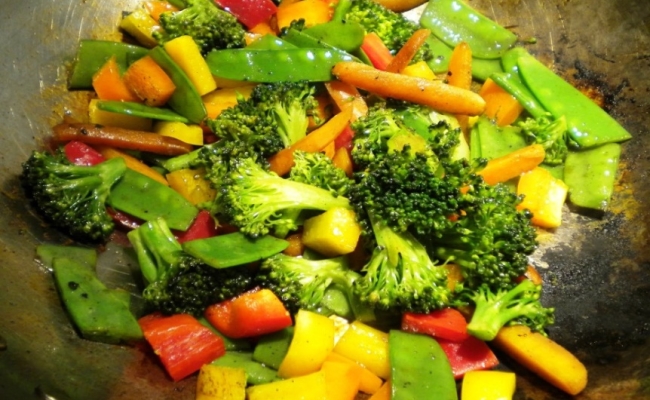Table of Contents
Crohn’s disease is a type of inflammatory bowel disease that causes inflammation of the ileum and the colon. As almost 90% of nutrients are absorbed in the lower end of the small intestine, swelling of this part of the gastrointestinal tract inhibits digestion and absorption of nutrients, which increases the risk of malnutrition. The aim of the Crohn’s disease diet plan is to help alleviate the symptoms of the disease and aid healing.
To prevent malnutrition, people suffering from Crohn’s disease are recommended a high calorie and high protein diet. Despite poor appetite, Crohn’s disease patients should eat their three regular meals and two snacks in between the meals to maximize their calorie and nutrient intake. Furthermore, they should skip foods that are known to trigger the inflammatory bowel disease and add foods to their diet that help in reducing the inflammation and improves the function of the intestines.
Here Is The Most Effective Crohn’s Disease Diet Plan For Fighting Flare-ups:
Low Residue Diet
The Crohn’s disease diet comprises of low residue foods. Foods that contain indigestible carbohydrates and increase the residue content of the fecal material should be avoided by people on the special diet. To alleviate the symptoms of Crohn’s disease eliminate seeds, nuts, legumes, corn hulls, whole grains, dry fruits, raw fruits and caffeine from your diet. Diarrhea and abdominal pain and cramping are common symptom of Crohn’s disease. By eliminating foods that add residue to the stools from the diet, the Crohn’s disease diet helps in reducing the frequency of bowel movement. Moreover, the low residue diet eases movement of food through the swollen intestine, thereby reducing stomach pain and cramp.
Well Cooked Vegetables
Although vegetables are a good source of dietary fibers, they are also loaded with vitamins and minerals. Hence, it is not a good idea to eliminate vegetables from your Crohn’s disease diet. Instead, you can reduce the fiber content of the vegetables. As dietary fibers are primarily concentrated in the skins of vegetables, peel the vegetables to make them suitable for a low residue diet. To reduce flare-ups, avoid raw vegetables. Boil or steam the vegetables before eating them.
Lean Protein
The Crohn’s disease diet focuses on increasing intake of lean protein. To improve absorption of the amino acids, avoid the fatty portions as they can worsen diarrhea and slow down digestion. However, a number of people suffering from Crohn’s disease cannot tolerate red meat. In such a case, skin-less low fat poultry, skin-less fish and egg are the best sources of proteins for the Crohn’s disease diet.
Refined Carbohydrate
To increase total calorie intake, the Crohn’s disease diet plan contains refined carbohydrates such as white rice and white bread. Devoid of dietary fibers they help in meeting the energy requirement of people suffering from Crohn’s disease.
Probiotics
The live culture in probiotic foods helps in improving digestion. The good bacteria also help in reducing the intestinal inflammation. Natural yogurt is the best probiotic food for people suffering from Crohn’s disease. The fermented dairy product is easily tolerated even by people prone to lactose intolerance.
Omega-3 Fat Rich Food
Omega-3 fatty acids are known for their anti-inflammatory activity. Intake of fish oil or flaxseed oil rich in these essential fats help in reducing inflammation of the small intestine. However, there are other sources of omega-3 fats such as walnuts and flaxseeds that are not suitable for people suffering from Crohn’s disease because of their fiber content.
Caution: Please use Home Remedies after Proper Research and Guidance. You accept that you are following any advice at your own risk and will properly research or consult healthcare professional.







